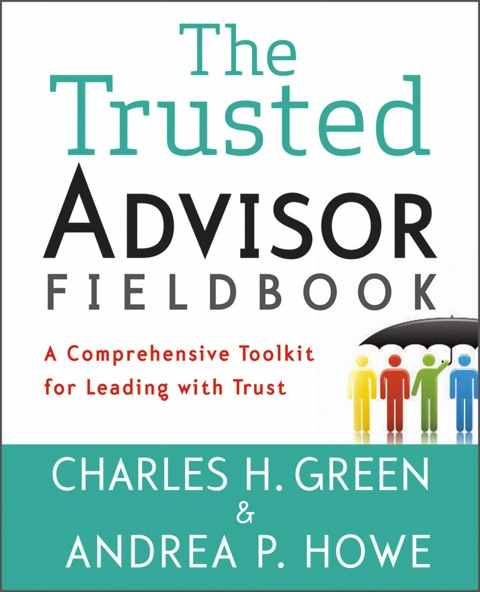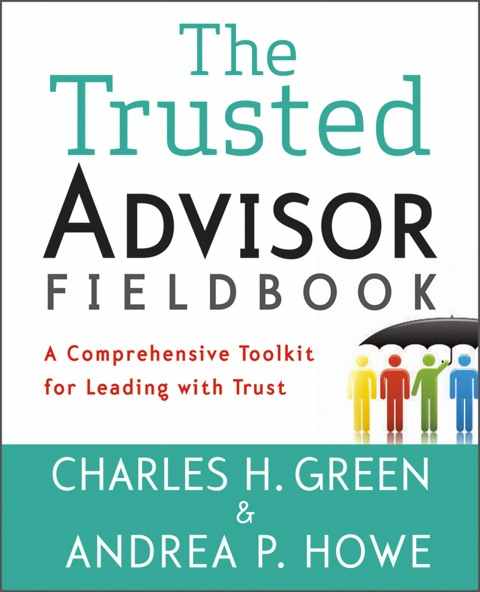Acquiring Soft Skills: You Gotta Practice the Scales
I’ve led a fair number of trust-building workshops over the years. I’ve even written a book or three on the subject of trust. One thing hasn’t changed much: I still hear the same question, no matter who I’m speaking to, no matter what country I’m in.
“Do we really have to practice the soft stuff?”
It’s inevitably followed up with some variations of “I get it, but this isn’t going to help me close the big deal I have on deck,” or “Yes, but it’s different here,” or the classic, “This is so basic, why are we wasting our time?”
Let me answer that.
—
You’ve heard this one.
The New York tourist asks the cab Lyft driver, “How do I get to Carnegie Hall?”
“Practice, practice, practice,” comes the answer.
The joke is well known – but sometimes we forget how broadly it applies.
Students of classical and jazz piano and guitar often don’t like doing the scales; but most have to do them nonetheless. I remember learning to play all seven modes (Dorian, Phrygian, Lydian, etc.) starting from all four fingers from the same starting fret; then moving up a fret and starting over again.
My guitar teacher told me that the next step was to do the same cycle for minor, major seventh, dominant seventh, diminished and augmented scales. “This is the point,” he somberly told me, “at which all the jazz greats picked up heroin.”
Suppose a music student tells the music teacher, “Scales are boring; I get the concept, that’s all I need. Doing scales just cramps my style and inhibits my improvisational skills.” What does the teacher say?
They typically smile and say, “Yes, the scales are boring – but you’ve gotta do them anyway. Do you know how to get to Carnegie Hall?” Etc. etc.
But what about soft skills training? Suppose a corporate training student tells the trainer, “This role-play stuff is boring. I get it, OK? It’s simple. I don’t need to do repetitive drills – it just makes me sound phony.”
What does the trainer say? What does the trainer’s boss say? What do the training department’s clients say?
We Do Muscle Memory Exercises in Music: Why Not in Soft Skills Training?
It’s my experience that, sadly, corporate soft-skills trainers’ responses are not the same as those of music teachers. Faced with resistance, the trainers are more likely to say, “Well, OK, if you say so.”
In fairness to the trainers, it’s not usually their fault. And I don’t think it’s the fault of the client organizations either. I think the blame lies mainly with L&D organization leadership itself – for not pushing back hard enough, even for partly buying into the clients’ rationalizations that somehow you can cognitively understand your way into learning soft skills behaviors.
The truth is, there is no substitute for realistic “muscle memory” activity when it comes to learning soft skills. You simply can’t “think your way into” skills like active listening, much less empathetic listening. You can’t just memorize a set of canned “answers” to a buyer’s “objections.” You can’t just write sentences ahead of time and think you will be able to give acceptable feedback. (Go re-watch the movie Up in the Air for an amusing example of cognitive vs. muscle-memory learning).
The equivalent of scales in soft-skills training comes in several forms – role-plays, video replays, case discussions. For my money, nothing beats a “fish-bowl” role-play; two volunteers role-play a case in front of a room. When something happens – and it always does – everyone sees it, and knows it. There is no escaping the real-ness of what just transpired.
If trainers know this is true, why then don’t they insist on it just as strongly as music teachers do? Music teachers have one advantage: they are typically older than their pupils, hence in a natural position of authority; whereas trainers are often junior to, and subordinate to, the line people in their sessions.
One trainer told me of being politely informed by an AmLaw 20 law firm that there would be no role-plays in the upcoming session. “Just discuss the technique,” the partner client said, “our people are smart enough to pick it up quickly – no need to waste time on faux drama.” Right.
The Real Reason for Resisting Soft Skills Drills
As is often the case with negative behavior, fear is at the root. No one, me included, enjoys doing role-plays. I also don’t like the taste of some medicine, but if I’m sick, I know to over-rule my taste buds.
In other words, participants just don’t want to do it. Of course, they don’t say that. They say it’s boring, they don’t need it, comprehension is enough, and so on. But it’s still the L&D folks who must not let them get away with it.
I find that each of the major staff functions has a generic effectiveness issue. For IT staff, it’s speaking in jargon and over-promising. For legal staff, it’s an inability to balance risk-minimization with general management perspective.
For HR staff – in my experience – the weakness is a desire to be accepted at the Big Table. Combined with the fact that HR people have no secret vocabulary – they speak plain language – this means that clients will predictably abuse them.
And so when the students resist doing what the L&D people know perfectly well they should do – the teachers don’t push back.
This is of course my pet theory, though it is based on my experience. What’s yours?
If your students ask you how you get to corporate Carnegie Hall, tell ‘em, “Role play, dammit!”


 To anyone who doubts the power of social media, I tell them how I came to know David A. Brock. Dave’s
To anyone who doubts the power of social media, I tell them how I came to know David A. Brock. Dave’s  Charlie and I recently recorded a podcast interview with Mike McLaughlin on the subject of trust and professional services. We covered a lot of ground in 16 minutes, including the one piece of advice we’d each give consultants about building trust with clients.
Charlie and I recently recorded a podcast interview with Mike McLaughlin on the subject of trust and professional services. We covered a lot of ground in 16 minutes, including the one piece of advice we’d each give consultants about building trust with clients.
